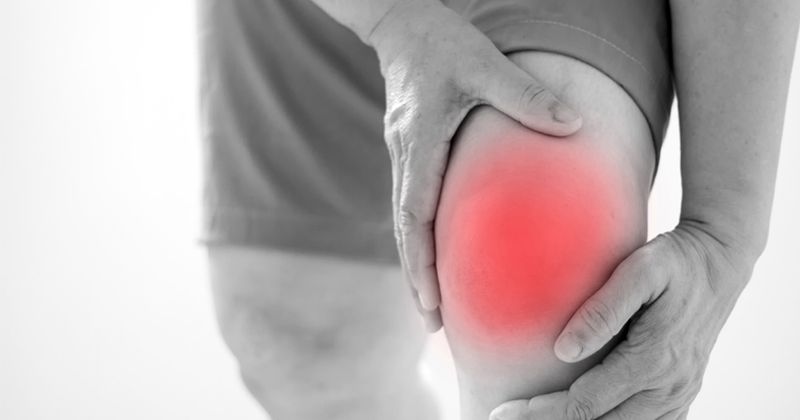Patients with osteoarthritis reported increased cartilage loss after resistance training
Click Here to Manage Email Alerts
Patients with knee osteoarthritis demonstrated increased cartilage degradation and tissue turnover after a 3-month exercise-related joint loading training program, according to data published in Arthritis Research & Therapy.
The researchers added that although there was “no evident difference” in type II collagen turnover between patients who performed high- and low-resistance exercise, Aggrecan remodeling increased more with high-intensity resistance training vs. the low-intensity group.

“A direct effect of exercise-related joint loading is believed to have a significant effect on cartilage turnover,” Christian S. Thudium, PhD, of Nordic Bioscience, in Herlev, Denmark, and colleagues wrote. “This belief is based on studies examining cartilage turnover, but with frequently contradictory results.”
To examine cartilage tissue turnover in patients with knee OA who are taking part in a joint-loading training program, as well as a subsequent 6 months of unsupervised gym training, Thudium and colleagues conducted a secondary analysis of the VIDEX trial. According to the researchers, VIDEX was a single-blinded, randomized, controlled trial that included 177 patients aged 55 to 80 years with knee OA. There participants were randomized to undergo supervised high- or low-intensity resistance training.
Patients were excluded from the final analysis if they were missing samples from follow-up or if they did not complete at least 80% of the scheduled training programs. The researchers investigated the presence of three cartilage turnover biomarkers in patient samples — human ARGS (huARGS), C2M and PRO-C2. All samples were duplicated and blinded to the group of participants they originated from.
The current analysis included 76 patients who underwent high-intensity training and 69 patients who performed low-intensity training. Among these patients, approximately 70% had OA in both knees. In both intensity groups, huARGS and C2M levels rose following the completion of training and at follow-up, according to the researchers. Patients in the high-intensity group demonstrated higher levels of huARGS, compared with patients in the low-group training after training (P = .029) and at follow-up (P = .003). There were no meaningful changes regarding PRO-C2.
“Cartilage tissue turnover appears to increase in response to an exercise-related joint loading training program with no evident difference in type II collagen turnover between high- and low-intensity exercises,” Thudium and colleagues wrote. “Given the absence of a favorable effect on clinical signs and symptoms in high versus low exercise-treated patients, these exploratory results indicate that the combination of clinical findings of the VIDEX study (no difference in clinical outcomes) and the findings on the biomarker analyses (more cartilage degeneration in the high-intensity group) argue against high-intensity training in knee OA patients.”
